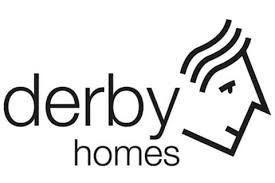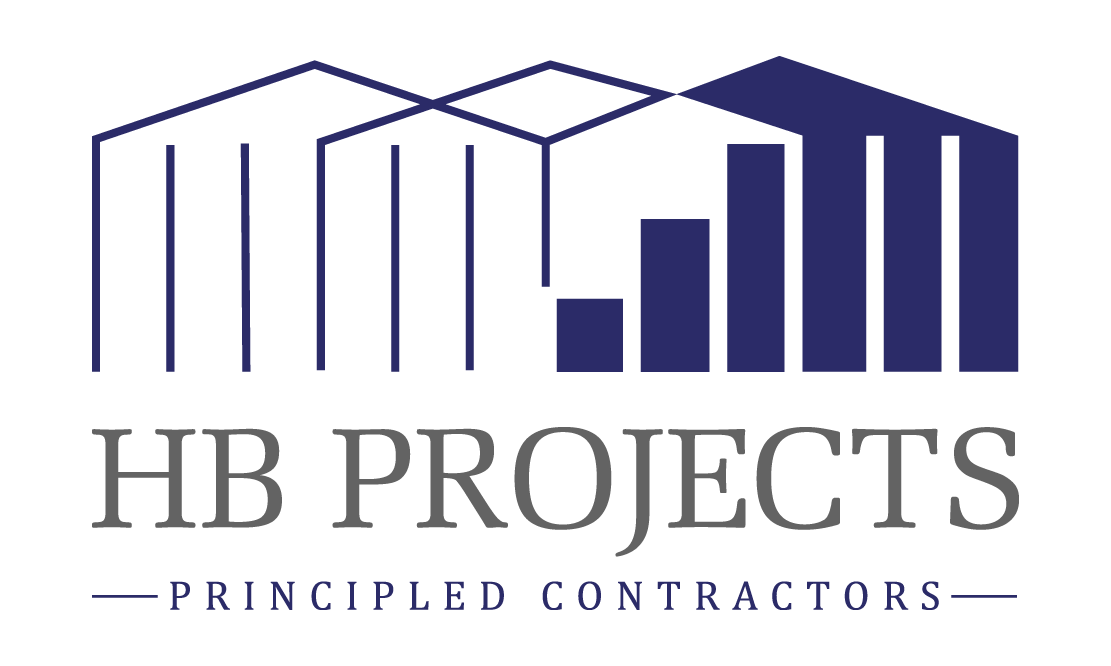Title Page
-
Name
-
Position
-
Date
Pre-construction information
-
Project description and intended use of final structure/building
-
Project description and programme details including:
-
a) Site location and address
-
b) important dates (including planned start and finish of the construction phase)
-
Extent and location of existing records and plans (such as relevant information from existing health and safety file and asbestos surveys)
-
Details of principal designer
-
Details of designer(s)
-
Details of principal contractor
-
Details of contractor(s)
-
Details of consultant/others
-
Client’s considerations and management requirements
Arrangements for: -
a) planning and managing the construction work, including any health and safety goals for the project
-
b) communicating and liaising between client and others
-
c) time allocated for each stage of the project
-
Requirements relating to the health and safety of the client’s employees or customers, or other people involved in the project, such as:
-
a) security of the site
-
b) the requirement for site hoardings/fencing
-
c) site transport arrangements or restrictions to vehicle movements
-
d) client permit-to-work systems
-
e) fire precautions
-
f) emergency procedures and means of escape
-
g) ‘no-go’ areas or other authorisation requirements
-
h) any areas designated as a confined space by the client
-
i) smoking and parking restrictions
-
j) welfare provision
Environmental restrictions and existing on-site risks
-
Safety hazards, including:
-
a) boundaries and access, including temporary access (for example, narrow streets, lack of parking, turning or storage space)
-
b) any restrictions on deliveries, waste collection or storage
-
c) adjacent land uses (such as schools, railway lines or busy roads)
-
d) existing storage of hazardous materials
-
e) location of existing services particularly those that are concealed – water, electricity, gas, and so on
-
f) ground conditions, underground structures or watercourses that might affect the safe use of plant (such as cranes, or the safety of groundworks)
-
g) information on existing structures – stability, structural form, fragile or hazardous materials, anchorage points for fall-arrest systems (particularly where demolition is involved)
-
h) previous structural modifications, including weakening or strengthening of the structure (particularly where demolition is involved)
-
i) fire damage, ground shrinkage, movement or poor maintenance, which may have adversely affected the structure
-
j) any difficulties relating to plant and equipment in the premises (such as overhead gantries whose height restricts access)
-
k) health and safety information contained in earlier design, construction or ‘as-built’ drawings (such as details of prestressed or post-tensioned structures)
-
Health hazards, including:
-
a) asbestos, including results of surveys (particularly where refurbishment and/or demolition is involved)
-
b) existing storage of hazardous materials
-
c) existing structures containing hazardous materials
-
d) health risks arising from the client’s work
-
Significant design and construction hazards
-
Significant design assumptions and suggested work methods, sequences or other control measures
-
Arrangements for co-ordination of ongoing design work and handling design changes
-
Information on significant risks identified during design
-
Materials requiring particular precautions
Further Information
-
Comments
-
Comments
-
Comments
-
Comments
-
Comments
-
Comments














